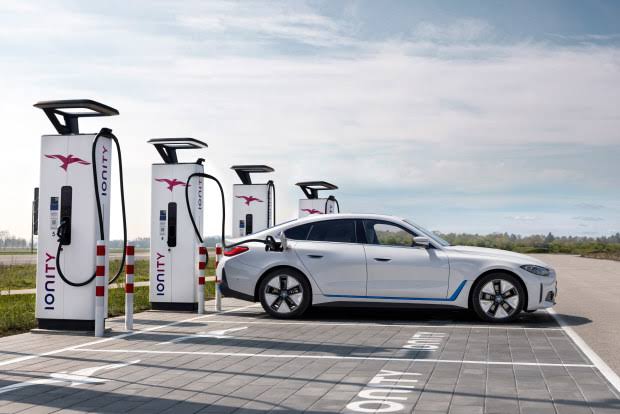- Changing to electric vehicles is one of the best ways to contribute to achieving Net Zero Emissions.
- Adopting electric vehicles or plug-in hybrids can result in significant savings for businesses while also lowering carbon and nitrogen dioxide emissions.
- An electric vehicle has fewer mechanical components than a conventional vehicle, which often results in lower servicing and maintenance costs.
Changing to electric vehicles is one of the best ways to contribute to achieving Net Zero Emissions. Electric vehicles are becoming more appealing as a result of their lower operating costs, expanding model selection, and growing concerns about air quality and climate change. Choosing an electric vehicle can help you save money while also lowering your carbon footprint. Adopting electric vehicles or plug-in hybrids can result in significant savings for businesses while also lowering carbon and nitrogen dioxide emissions.
This article will explain the various types of vehicles available and how you can save money when purchasing an electric car.
Read more:
Electric vehicles are classified into three types. The first is a battery-electric vehicle (BEV), which is a vehicle that is powered only by electricity and is also known as a ‘pure’ or 100 percent electric car. An external power source, i.e. a chargepoint, charges the vehicle. There are no tailpipe emissions from these vehicles. The majority of battery-electric vehicles have a range of 100-300 miles on a single charge. Nissan Leaf, Vauxhall Corsa-e, Renault Zoe, and Tesla Model 3 are a few examples.
The second type of vehicle is a plug-in hybrid electric vehicle (PHEV). This is a vehicle that is powered by a battery, an electric motor, and an internal combustion engine (ICE). It can be powered by the ICE, the electric drive motor, or both, and it can be recharged externally. Typical PHEVs will have a range of up to 50 miles on pure electricity. When the electric battery runs out, the journey can be continued in hybrid mode, which means there is no range limitation. PHEVs are only efficient when they are charged on a regular basis; otherwise, they can be more expensive to operate than a traditional gasoline or diesel vehicle. PHEVs include the Mitsubishi Outlander PHEV, BMW 330e, and VW Golf GTE.
The last is an extended range electric vehicle (E-REV). These are plug-in hybrids in a different form. An E-REV is a vehicle that combines a battery, an electric drive motor, and a small gasoline or diesel generator. When the battery is depleted, the electric motor always drives the wheels, with the ICE acting as a generator. The range of these vehicles can range from 150 to 300 miles. The BMW i3 range-extender is an example of an E-REV (no longer available).
While the purchase price of an electric or plug-in hybrid vehicle may be higher at first, this is usually offset by lower operating costs.
Read more:
Electric vehicles save money in a variety of ways, including: A full charge in a pure electric vehicle provides a typical range of more than 200 miles and costs around £8-12 if charged at home. Driving 200 miles in a petrol or diesel car will cost approximately £26-32 in fuel, which is three or four times the cost of charging the electric car. The most significant cost savings will be realized when owners charge at home and have access to an off-peak overnight electricity tariff.
An electric vehicle has fewer mechanical components than a conventional vehicle, which often results in lower servicing and maintenance costs.
Vehicle excise duty on pure EVs is zero. Only zero-emission vehicles – those emitting 0g/km CO2 – will be eligible for the cleaner vehicle discount beginning October 25, 2021. The Congestion Charge will be levied on all other vehicles, regardless of emissions status.
Due to the lower or zero emissions of plug-in vehicles, they will be subject to lower charges from clean air zones being implemented throughout the UK, as well as London’s ultra low emission zone (ULEZ).
Editor: Riana Nurhasanah
References:




Comment closed